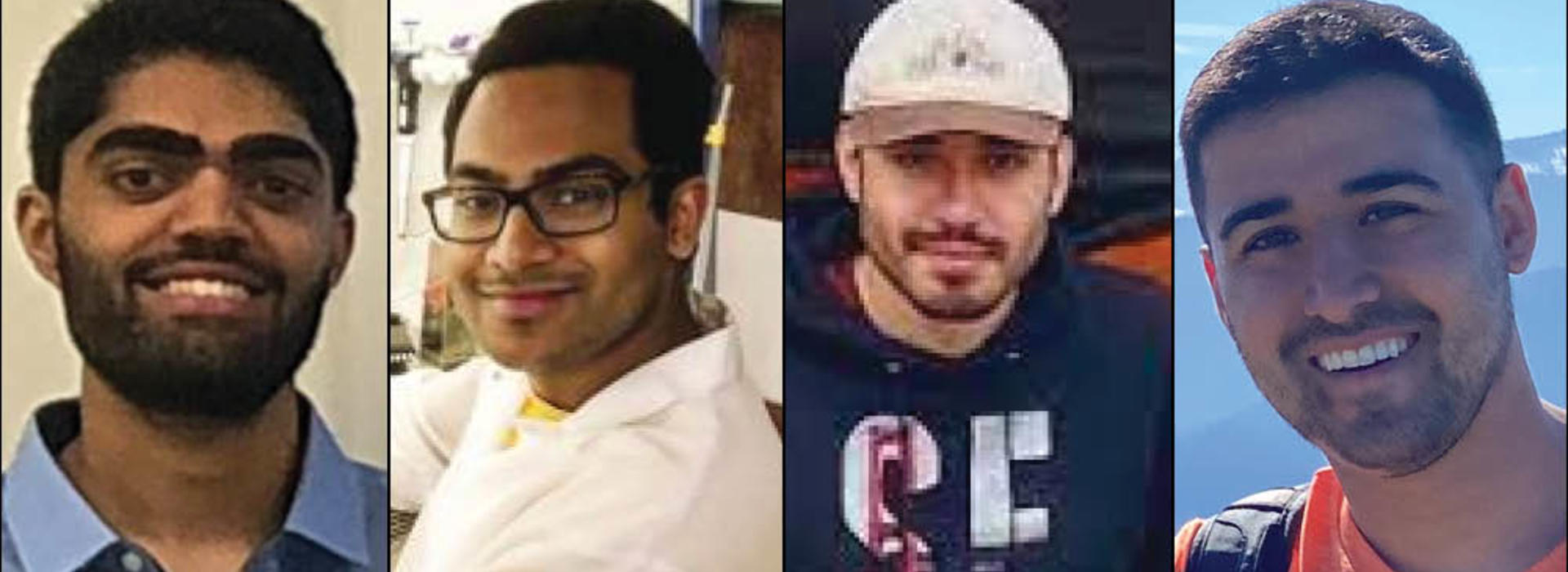
Fourth-year Medical Student, Arman Shahriar, Selected as One of Five Finalists for 2021 AMA Research Challenge
Fourth-year medical student, Arman Shahriar, was selected as a finalist in the American Medical Association’s (AMA) 2021 Research Challenge and presented his poster called “Socioeconomic Diversity of Matriculating U.S. Medical Students by Race and Ethnicity, From 2017 to 2019” virtually to a panel of judges Dec. 8. The AMA Research Challenge is the largest national, multi-specialty research event for medical students, residents and fellows, and international medical graduates. The challenge had over 1,100 submissions, 50 semifinalists and five finalists.
“To date, most research on diversity in medical schools has focused on visible forms of diversity, such as race, ethnicity or gender,” Shahriar said. “In the U.S., race and socioeconomics are tightly linked, and these racial economic inequalities have deep roots in structural racism. We feel that socioeconomic diversity, which is more of a "hidden" form of diversity, remains relatively unexplored and could help explain the lack of progress in improving racial and ethnic diversity and perhaps help better guide interventions.”
The study used data from the U.S. Census and the Association of American Medical Colleges’ (AAMC) matriculating student questionnaire to analyze the annual income of medical students compared to the national averages, while tracking for race and ethnicity.
“What we found is that there is a pretty significant socioeconomic diversity gap which persists across races and ethnicities,” Shahriar said in an interview with AMA. “So it's been well known for some time that overall medical students come from high-income households, but this has never been looked at stratified by race and ethnicity.”
In the same interview, Shahriar elaborated on the importance of a diverse range of socioeconomic backgrounds within the medical field.
“There's pretty compelling evidence that patients do better when their doctors share lived experiences with them,” Shahriar said. “Lived experiences can be a result of race and ethnicity but can also be a result of socioeconomic status, religion and a host of other things… This [study] kind of adds to the body of literature examining diversity in medical schools as another possible explanation as to why there's been so much trouble diversifying with respect to race and ethnicity.
Next steps for Shahriar include applying to internal medicine residency programs.
“I have several areas of clinical interest including primary care, nephrology and cardiology, which I hope to further explore in coming years,” Shahriar said. “Regarding research, I enjoy working on projects that shine light on opaque and unexplored issues. I intend to continue doing so moving forward in my career.”
Co-authors on this project are Jonathan Miller, PhD, Vikram Puram, Varun Sagi, Lorenzo Adolfo Castañón-Gonzalez, Shailendra Prasad, MBBS, MPH, all with the U of M Medical School, and Renee Crichlow, MD of the Boston University Department of Family Medicine.